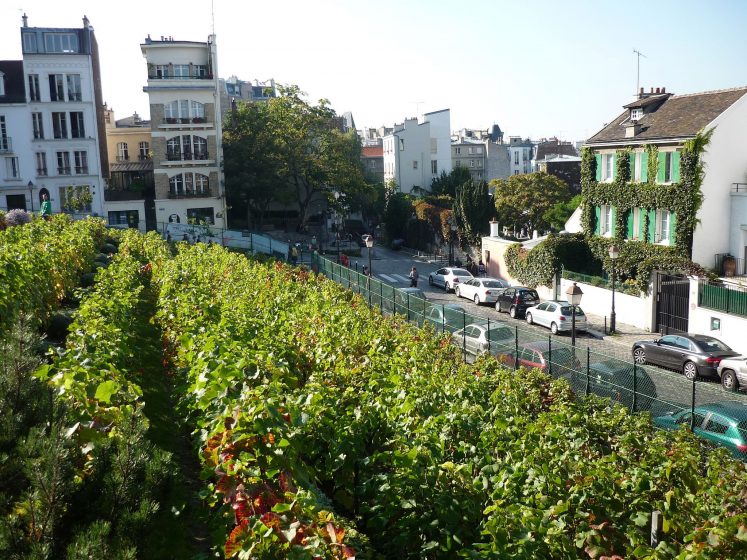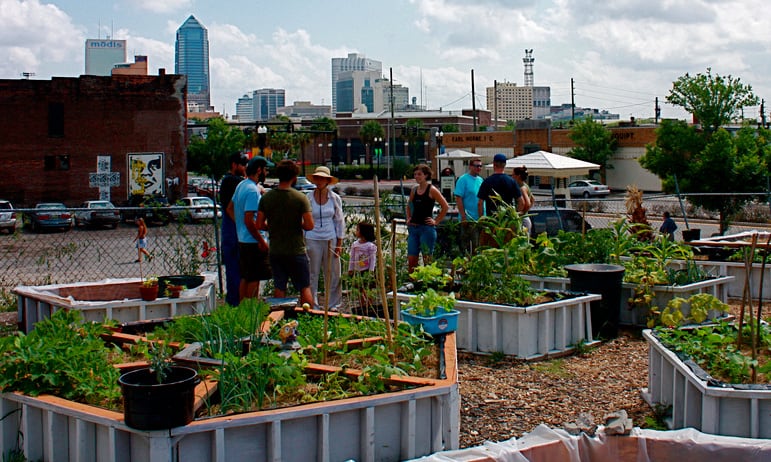Not known Details About City Blooming
Table of ContentsCity Blooming Can Be Fun For EveryoneTop Guidelines Of City BloomingNot known Facts About City BloomingThe 5-Minute Rule for City BloomingThe Facts About City Blooming Revealed
Interested in expanding food available for sale in the City of Chicago? Assuming about starting an area yard? Changes to the Chicago Zoning Statute permit farming usages like area yards and city ranches in many components of the city. Below is a checklist of regularly asked inquiries regarding the guidelines and guidelines that growers should consider when preparing a metropolitan agriculture job.
The zoning change does not change any kind of other codes managing composting, structure licenses, buying or leasing City owned residential property, organization licenses or ecological contamination. There are existing codes that manage these issues and they remain in full effect and might apply to your job. Neighborhood gardens are normally possessed or handled by public entities, civic organizations or community-based organizations and maintained by volunteers.
Urban farms grow food that is planned to be marketed, either on a not-for-profit or for-profit basis. Due to their business function, metropolitan farms call for a service license. Yes. A neighborhood yard is enabled to sell excess generate that was expanded on website if the sales are accessory or secondary to the garden's key objective defined above.
How City Blooming can Save You Time, Stress, and Money.
The amount of garden compost material can not surpass 25 cubic backyards at any type of given time according to the requirements in 7-28-715 of the City's Municipal Code. Because the dirt at a lot of new garden websites requires modifying, compost, dirt, wood chips, or various other products can be gotten to construct or enhance the growing area.

If a building license is required after that the hoophouse will be thought about an accessory building. You can figure out more concerning the building authorization needs by contacting the Department of Buildings. The 25,000-square-foot dimension restriction is planned to avoid a single community garden from dominating a given block or interfering with the block's existing domestic or business personality.
The restriction does not put on gardens found in Public Open Area (POS) districts. Can there be more than one community yard that is 25,000 square feet on a single block? Yes. The dimension limitation relates to specific yards, not to specific blocks. No. Fence is not needed, however, yards that have large car parking areas might be needed to mount secure fencing or various other landscape design attributes.
Unknown Facts About City Blooming
B1 & B2 areas require that all industrial use tasks be carried out inside. R districts restrict business task. The policies reflect the function and intent of the Zoning Code. Is secure fencing required for urban ranches? Yes. Fences might be required, in addition to landscaping and testing, for certain parking lot and exterior job or storage areas depending upon area and the certain task occurring.
Yes. Urban farms need structure licenses and zoning authorizations before building and construction. Various other types of city testimonial might be required depending upon specific structures, tasks, dimension, landscape design, licensing, public health and stormwater administration problems. Most of these needs are identified in the job style or allowing procedure, nevertheless, the candidate may be responsible to separately determine certain licenses or permits that may be called for.
The Department of Organization Affairs and Customer Security can assist establish the specific kind of business certificate that's called for. Off street auto parking is needed for a lot of business jobs in Chicago. The required number of car parking areas is based on the number of employees functioning on site and not the square video of the expanding space.
See This Report on City Blooming

Yes. A city ranch can sell garden compost material created on site, however, the operation must adhere to the guidelines in 7-28-715 of the Chicago Municipal Code. Yes. Aquaponic systems are enabled inside on metropolitan ranches in several zoning areas. A zoning review and structure license is required in order to set up frameworks or systems and a company license is needed as described over.
Up to 5 hives or colonies of honey bees might be kept as an accessory use. Beekeepers must register with the Illinois Department of Agriculture. To learn more regarding the recommended zoning modification you may contact the Division of Housing and Economic Advancement, my review here Bureau of Preparation and Zoning at 312.744.8563.
, which takes location in country locations at the edge of suburbs.
The Basic Principles Of City Blooming
It can include a movement of natural growers, "foodies" and "locavores", that look for to develop socials media based on a shared ethos of nature and area holism. These networks can develop by way of official institutional assistance, coming to be integrated into regional community preparation as a "transition town" activity for sustainable city development.
Some of the first evidence of metropolitan agriculture comes from Mesopotamia.